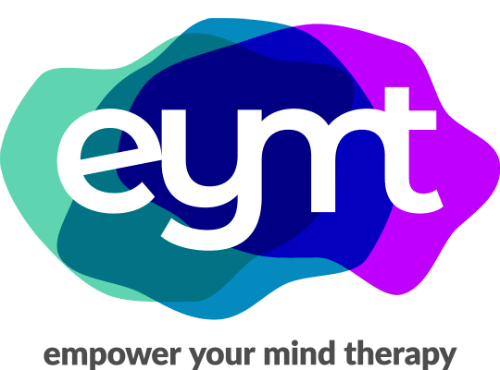Before we dive into the specifics of healthy vs unhealthy emotional regulation, let’s back up a step. What is emotional self regulation? As we’ve said before:
At its core, emotional self-regulation is the practice of managing disruptive emotions. Emotional self regulation teaches us to monitor and manage our instincts when strong emotions come up in our daily life, and teaches us not to let them rule our behavior.
So if we’re monitoring our emotions and managing disruptive ones, that’s good right? There is a fine line, however, between emotional regulation, and emotional suppression.
What may seem like an emotional regulation technique may actually be holding you back from fully experiencing and understanding your emotions. Instead of exploring them, you might be locking them up. And while it may sound nice to not express what seem like negative emotions, research shows that you do still feel them–they’re just bottled up, or something you feel guilty about.
Using Emotional Regulation Skills
Emotional regulation isn’t about ignoring our emotions, it’s about learning to process & handle them in a healthy way. When we allow ourselves to experience, explore and understand our emotions, we are able to find healthy coping mechanisms to use so that our behaviors and decision making aren’t ruled by extreme emotions.
There are two common ways we tend to attempt emotional regulation: reappraisal + suppression.
Reappraisal is the goal of healthy emotional regulation. It is a process that lets you reformulate your reaction to a potentially emotional experience. In other words: it changes how you think + respond to strong emotions.
Suppression, on the other hand is an example of unhealthy emotional regulation. While it achieves the basic goal of not letting your emotions rule your behavior, it also can actually lead to increased experience of negative emotions. It can lower self esteem, increase signs of depression, and make a person feel as though they aren’t living an authentic life.
Healthy emotional self-regulation is all about learning to identify what we’re feeling, why we’re feeling, and finding healthy ways to manage that feeling.
Unhealthy emotional regulation is denying, rejecting, ignoring, or suppressing our feelings. (Plus, it turns out that studies have shown that suppressing our feelings actually makes them come back stronger. And it can make you physically ill.)
So how can you stop suppressing emotions + start regulating them in a healthy way using emotional regulation skills?
-
Work on emotional regulation skills one emotion at a time:
You don’t need to become an emotional expert overnight. Learning to explore and understand what you’re feeling takes a lit of practice–so don’t overwhelm yourself when you’re getting started. If you’re feeling a flurry of strong emotions and you feel tempted to lock them all away, just pick one to start with. Take out a journal, and write about what that emotion is. How is it making you feel? Why are you feeling it? What brought it on? How does it manifest in your body? What do you think will help you to control it, reduce it, or manage it?
-
Remind yourself there are no wrong feelings:
Many of us feel guilt or shame when we have strong emotional reactions, particularly with “negative” emotions (anger, sadness, etc.) But feelings are just feelings. We don’t have to act on them, we don’t even have to approve of them, but we have to allow them to simply be. If you are feeling sad or angry (even if you don’t want to be sad or angry) there is a reason why. Remind yourself it’s normal to experience these feelings, and that your feelings don’t have to dictate your behavior. Explore the root of the feeling. While feelings shouldn’t rule our behaviors, they do give us valuable information about our own needs. Use them as learning tools.
-
Try mindfulness:
Use a mindfulness app or find a guided meditation online if you’re new to mindfulness. But sitting and focusing on being present can help us tune into what we’re feeling, how we’re feeling it, and what we need. It helps slow our minds down and detangle our thoughts. When you feel the urge to push your emotions away, try five minutes of guided meditation or mindful journaling instead.
“Our feelings are not there to be cast out or conquered. They’re there to be engaged and expressed with imagination and intelligence.” T.K. Coleman



